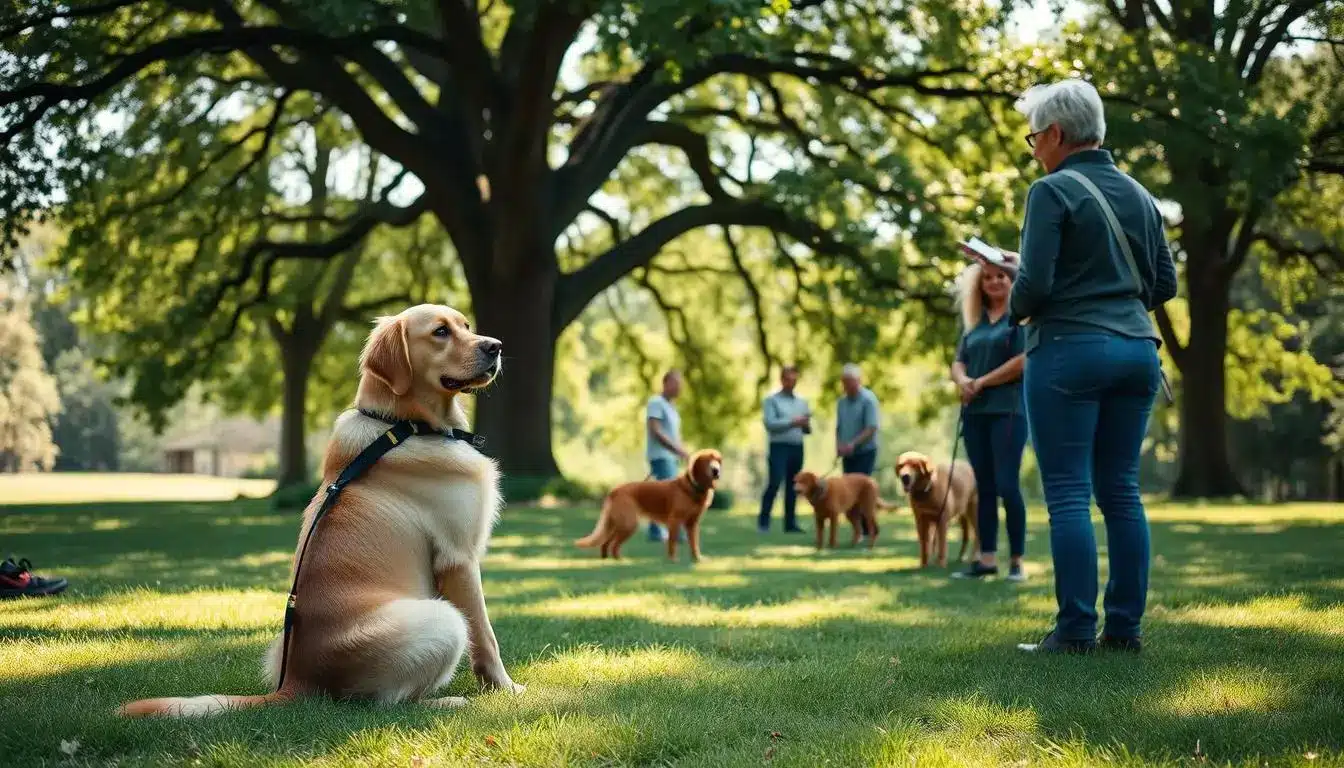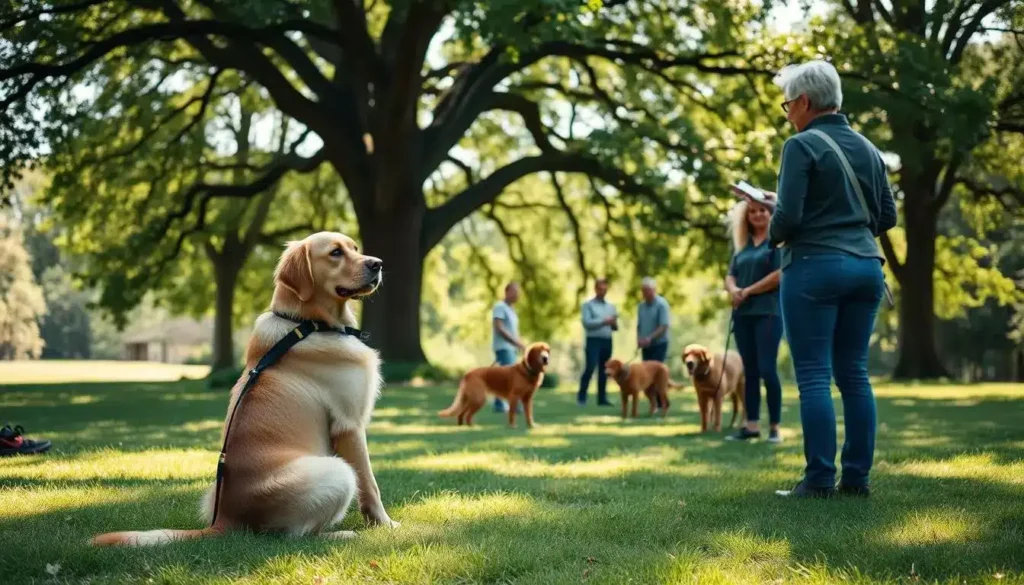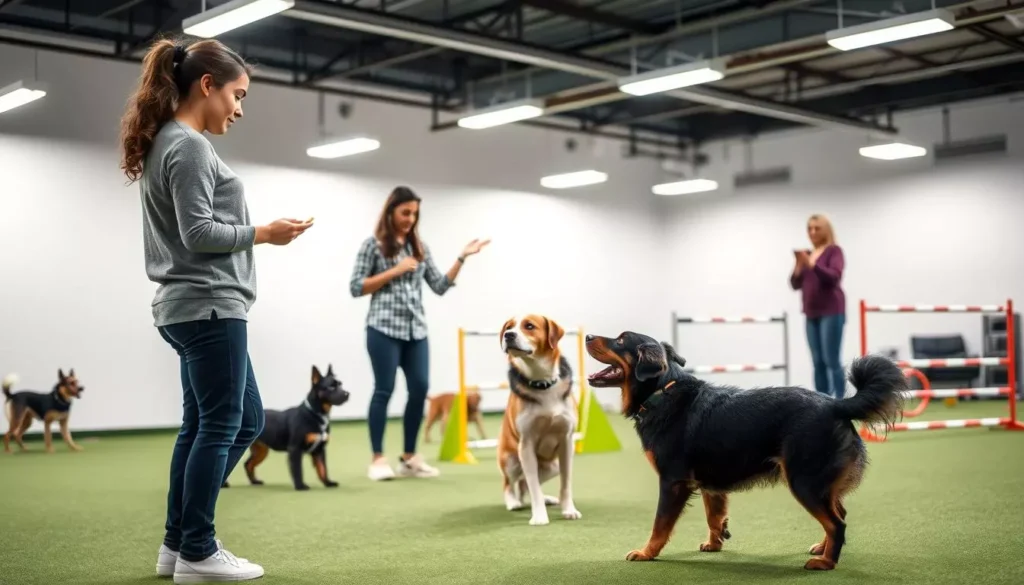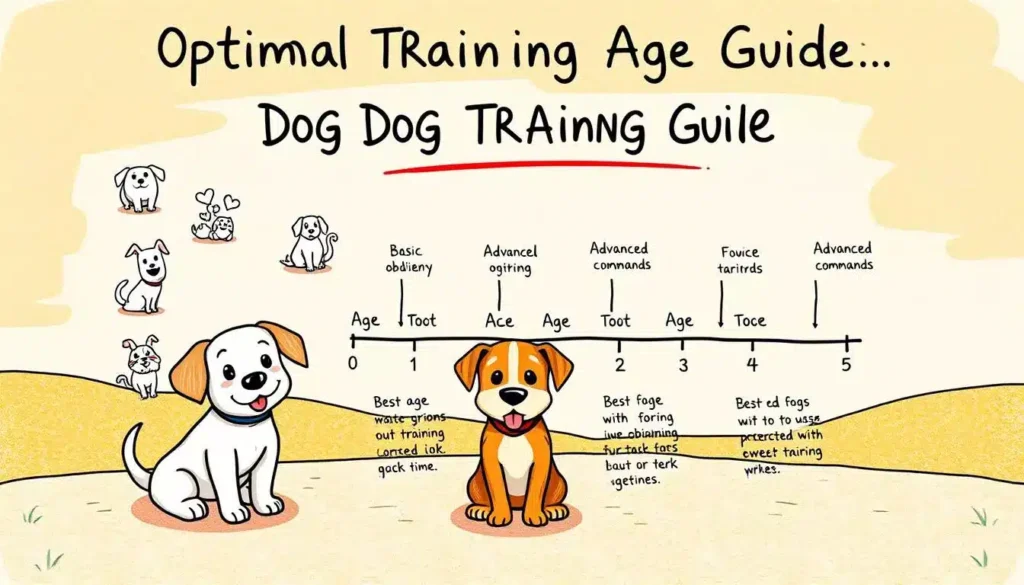Every time I think about the bond between humans and dogs, a special day comes to mind. It was the day I saw a loyal dog help someone with a disability. It was more than just being friends; it was a deep partnership that changed lives.
Service dog training is not just about teaching dogs commands. It's about giving them the power to connect with their humans in amazing ways. With the right training, dogs can make a big difference in people's lives. They can help make everyday tasks easier and improve the quality of life for many.
Let's dive into the world of service dog training. We'll see how to help your dog reach their full potential.
Key Takeaways
- Service dog training equips dogs with essential skills to assist individuals with disabilities.
- The bond formed through training between the handler and the dog is vital for success.
- Understanding the specific role of service dogs is crucial to effective training.
- Every dog has unique abilities; recognizing them can unlock their full potential.
- Training begins at an early age for the best outcomes.
Understanding the Role of Service Dogs
Service dogs play a crucial role in helping people with physical or mental disabilities. They are trained to do specific tasks that meet their handlers' needs. For example, they guide the blind, alert the deaf to sounds, or support those with PTSD or anxiety.
Service dogs do more than just keep company. They provide safety and help in everyday tasks. They help their handlers move around safely, improving their lives greatly. The relationship between a service dog and its handler is deep, based on trust and teamwork.
What Makes a Good Service Dog Candidate?
Finding the right service dog candidate is key. It's about spotting specific qualities that make a dog suitable for this role. Not every dog has what it takes to be a service dog.
A calm demeanor is crucial. A service dog must stay calm in different situations. This helps them assist their handlers well, without getting distracted or anxious.
Trainability is also vital. A good candidate should be eager to learn commands and tasks. Dogs that respond well to positive reinforcement do great in service roles. They form a strong bond with their trainers.
Socialization skills are important too. A good service dog candidate should get along with people and other animals. Friendly and confident dogs are better suited for the challenges they'll face.
Breed and age matter too. Some breeds are naturally good at service work. Younger dogs have more energy and adaptability, making them good for training.
Temperament testing is part of the evaluation process. It helps find the right service dog. This ensures the dog has the qualities needed, benefiting the handler and improving their life.
At What Age Do You Start Training a Service Dog?
Training a service dog can start as early as six months old. But, starting when they are puppies can really help. Puppies learn fast and need to be exposed to many situations early on.
This early exposure helps them grow well. It's key to make sure they learn in a positive way. This helps them fit into their future roles easily.
At first, I focus on socializing them and teaching basic commands. Knowing when to start training is important. It lets me tailor the training to make them better.
Training them when they're young helps them become confident. They learn to handle different places and situations better.
| Puppy Training Age (Months) | Recommended Training Activities | Key Benefits |
|---|---|---|
| 0-3 | Exposure to sounds, people, and other animals | Increases adaptability and reduces fear |
| 4-6 | Basic obedience commands | Fosters communication and build trust |
| 7-12 | Advanced obedience and socialization | Develops confidence and independence |
In summary, knowing when to start training is crucial. Training them early makes them better service dogs. It helps them grow into well-adjusted and effective companions.
How Does Service Dog Training Work?
Learning about service dog training is key for those interested. It begins with basic obedience, which is the base for advanced tasks. Many trainers use positive reinforcement, making learning fun and rewarding.
The training setting can change a lot. Private lessons give one-on-one focus, while group sessions help with social skills. It's important to match the training to the dog and handler's needs. Regular practice in real-life situations is also crucial. It helps the dog learn to handle daily tasks effectively.
| Training Method | Description | Advantages |
|---|---|---|
| Positive Reinforcement | Rewards good behavior with treats or praise. | Builds a strong bond and encourages learning. |
| Clicker Training | Uses a clicker sound to mark desired behaviors. | Precise timing helps dogs understand tasks better. |
| Socialization | Exposes dogs to different environments and situations. | Reduces anxiety and improves adaptability. |
Training Service Dog: Key Components
Starting service dog training is a big step. It's important to know the basics. You need to focus on foundational skills and how to address disabilities.
Foundational Skills for Service Dogs
Every service dog needs to learn basic commands. These include sit, stay, come, and heel. These skills are the foundation for more complex tasks.
Without these basics, service dogs can't do their job well. They can't support their handlers effectively.
Addressing Specific Disabilities
Training should be tailored to each handler's needs. It's important to teach specific tasks. This could be alerting to medical issues, providing physical support, or helping with mobility.
Custom training makes sure each service dog meets its handler's needs. This makes the partnership more effective.
| Skill/Task | Description | Impact on Handler |
|---|---|---|
| Basic Commands | Essential obedience commands like sit, stay, and come | Establishes control and safety |
| Alerting | Warning handlers of medical emergencies such as seizures | Provides safety and peace of mind |
| Mobility Assistance | Helping individuals with physical challenges | Enhances independence |
| Emotional Support | Providing comfort and companionship | Reduces anxiety and stress |
How Long is the Training for a Service Dog?
The time it takes to train a service dog varies. It depends on the dog's age, the handler's training schedule, and how well the dog learns. Generally, it takes between six months to a year. This period is crucial for the dog to learn the skills needed to help their handler.
The International Association of Assistance Dog Partners (IAADP) says training usually takes about 120 hours. This includes both classroom training and real-world practice. This practice helps the dog get better at following commands and feel confident in different places.
Even though training times can differ, being dedicated is key. It ensures your service dog is ready to perform their important tasks.
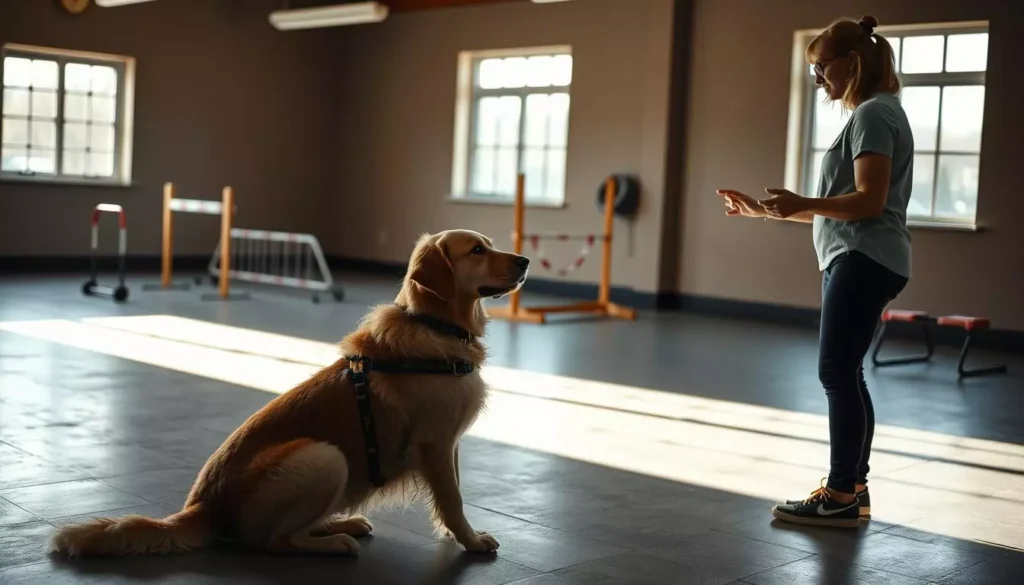
How Many Hours of Training Does a Service Dog Need?
Understanding the training hours for a service dog is key. They need about 120 training hours to get ready. This training covers various tasks and behaviors to help people with disabilities.
Real-world experience is a big part of their training. They spend about 30 hours in public places. This helps them learn to behave well in different settings, staying focused and professional.
Service dogs also need ongoing training to keep their skills sharp. This can add more hours to their total training over time.
| Training Phase | Hours Required |
|---|---|
| Initial Training | 90 |
| Public Exposure | 30 |
| Total Initial Training Hours | 120 |
| Ongoing Refreshers | Varies |
Can a Rottweiler Be a Service Dog?
Yes, a Rottweiler can indeed be a service dog. They have strong physical traits and high intelligence. This makes them great for helping people with disabilities.
It's important to train and socialize a Rottweiler well. They can learn to do many tasks to help their owners. Even though they're not as common as some other breeds, they can be excellent service dogs with proper training.
If you're thinking about getting a Rottweiler as a service dog, start training early. It's also good to get them used to different places and people. This helps them stay calm and reliable in all sorts of situations. In short, with the right training and care, Rottweilers can be great service dogs.
Puppy Service Dog Training: How to Start
Starting puppy service dog training means understanding early socialization is key. I teach them to meet many people and animals. This helps them feel confident and ready for any situation.
It takes commitment and patience to train a puppy for service work. These early months are crucial.
Early Socialization and Exposure
Socialization is vital in the early stages. I take my puppy to busy cities, quiet parks, and public transport. They meet many people and animals.
This helps them stay calm and focused. These skills are important for their future service work.
Basic Commands for Puppies
Once they get used to their surroundings, I teach them basic commands. Sit, down, and stay are the first steps. These commands help us bond and teach obedience.
It's important to start good habits early. Positive reinforcement makes training fun and engaging for them.
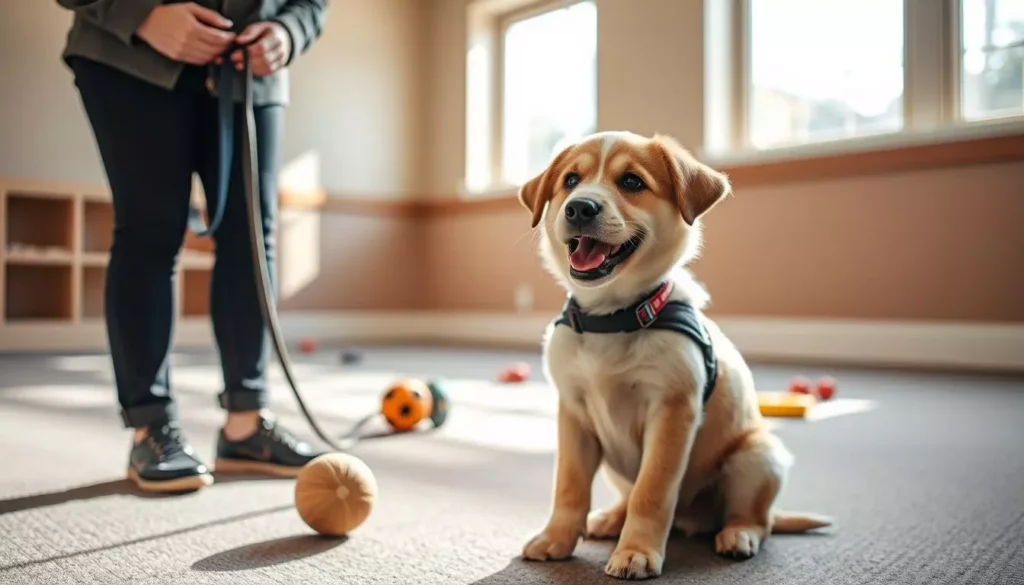
Individualized Service Dog Training Programs
Individualized training programs are key for a strong service dog and handler bond. Each handler has unique needs based on their lifestyle and challenges. This is why service dog training must be customized.
Trainers create special plans that focus on the skills each handler needs. This approach helps the dog and handler work well together.
Most training programs mix in-person and online sessions. This flexibility meets different learning styles and schedules. It lets handlers train when it's best for them.
Trainers also look at the dog's strengths and weaknesses. They make a plan to help the dog grow and improve.
Personalized training plans help handlers set realistic goals. They also keep their service dogs excited and motivated. In the end, these programs support both the handler and the dog, helping them fit into daily life smoothly.
Where Can a Service Dog in Training Go?
Public access for service dogs in training changes by location. But, I've found they can go to many places like shops, restaurants, and public transport. Many businesses let service dogs in because they see them as working animals. They only ask that the dogs are trained and behave well.
It's key for service dogs in training to stay calm in public. I've seen that a well-behaved dog can help its handler get positive reactions from people. Some places I've taken my service dog in training include:
- Parks
- Grocery stores
- Cafes
- Medical facilities
- Public transportation networks, such as buses and trains
Laws about service dogs in public can vary by state. But knowing these laws helps make things easier for everyone. The main thing is the dog's training. A well-trained service dog helps people understand what service animals do in our communities.
How to Get a Service Dog in Training Vest
Getting a service dog in training vest is easy and helps a lot in training. I can buy one from online stores or pet shops. These vests show that the dog is in training, helping people understand its role.
I choose a vest that's tough, comfy for my dog, and clear about its training status. This makes it easy for others to see that my dog is learning.
Some groups focused on service dogs have special vests for training. These vests make my dog more visible and help us move through public places smoothly. They also help people know what to expect from my dog.
When I wear a vest that shows my dog is in training, it leads to positive interactions. It also gets the community to support us more.
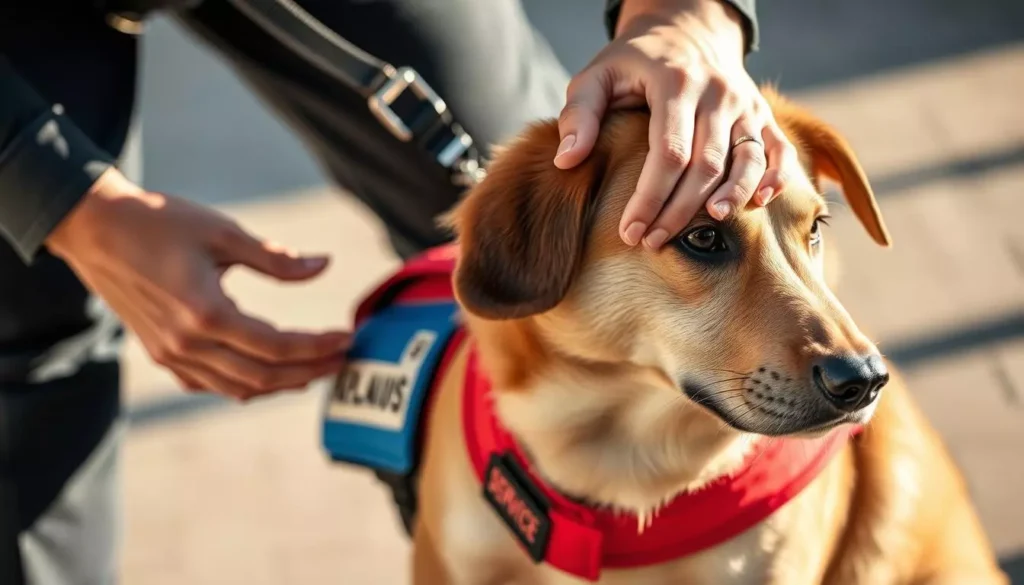
How to Begin Training a Service Dog
Starting service dog training is a journey that begins with a few key steps. First, I assess my dog's temperament and behavior. This helps me see if they're suited for being a service dog. I watch how they react in different situations and their ability to stay focused.
Then, I create a detailed training plan. This plan covers basic obedience and specific tasks for my service dog. I use books, online courses, or professional trainers to help me. They offer great advice on training methods.
Consistency is crucial during training. Regular practice helps my dog remember what I've taught them. Being patient is also important as we both learn together. These steps are essential for training a service dog well.
Challenges in Training Service Dogs
Training service dogs comes with many challenges. One big issue is behavioral problems that can pop up during training. These might include feeling anxious in new places or getting distracted by other animals or people.
Public areas can be too much for dogs. This can make service dog training difficulties worse as they find it hard to stay focused. Spotting these problems early helps trainers make the right changes. This keeps the dog calm and focused.
Some dogs also face health issues that make training harder. These problems can slow down their learning and make them less responsive. Getting help from experts who know how to handle these issues can make training easier and more effective.
How Old is Too Old for Service Dog Training?
Many wonder when it's too late to start service dog training. Programs often suggest starting at six months. This is when dogs are most receptive to learning. But, older dogs can also be trained, depending on their situation.
Older dogs face special challenges, like health issues and a longer learning time. It's crucial to check if they can handle service work. Their health, personality, and past experiences matter a lot. Prospective trainers should think about these when considering an older dog.
Knowing these details helps trainers prepare. Age doesn't mean a dog can't learn or serve. With the right care and training, older dogs can still be great service dogs.
Conclusion
Service dog training is very important for both the handler and the dog. It unlocks the dog's potential, making it a vital support companion. Whether starting with a puppy or an older dog, customizing training is key for success.
Embracing a tailored approach to service dog training is the key. By using the right mindset, methods, and resources, my dog becomes an invaluable partner. This journey improves my daily life and strengthens the bond with my service dog.

